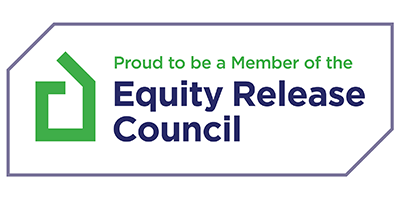In this article
A bridging loan works by fixing a short-term lending problem, whether this be on a residential or investment property.
A bridging loan can also be used when there is a current mortgage on the property if there is enough equity available.
Bridging Loans
Explained in 56 seconds

Find more videos like this on MoneymanTV
The bridging loan application process will vary from lender to lender, depending on your personal situation and what you are looking to do, however the 3 key stages are generally:
1. Decision in Principle
A mortgage broker will listen to your individual circumstances and recommend the best type of bridging finance for you as part of a free, no-obligation consultation. What type of loan will be best for you will depend on:
- Whether your capital raising, making a new purchase, or repaying a current bridging loan.
- Joint or sole name application.
- Your current assets and liabilities.
- Employment status and income.
- Credit worthiness.
- Your objectives and how you intend to repay the loan.
A decision in principle will be provided subject to valuation, surveys, and underwriting.
2. Application Process
If you are happy with your recommendation and are ready to apply, your broker will submit a full application to the lender.
The legal process will commence, and fees will start to be paid, your mortgage broker will run through all the fees associated with an application ahead of time so that you understand how everything works and when your fees are payable.
A valuation will be performed on the property to endure that it is worth what you have started it is and that the type and construction is within their lending criteria.
As part of the application process, documents will be requested such as:
- Bank statements, typically 3 months.
- Identification.
- Proof of income.
- Evidence of assets and liabilities including any existing mortgages.
- A business plan demonstrating how you are going to repay your bridging loan.
- Bespoke documents to your current situation as and when required, examples include a schedule of works or a mortgage agreement in principle.
An underwriting team will review your application and make their decision.
Applying via an experienced bridging loan broker will help your chances of being accepted as they’ll have an in-depth knowledge of lending criteria and existing relationships with the lenders.
A broker can always help with recommending a lawyer to complete the legal work if you do not have one already.
3. Completion
If your lender is happy with your application and you pass their underwriting criteria, your valuation is accurate, and everything comes back ok from your legal process, you’ll receive a formal offer of terms.
Once your offer of terms is received and signed by both parties, the money will be released into your nominated bank account quickly.
A typical timescale from enquiry to completion is 2 to 3 weeks, however, this can be quicker when time is in short supply.
If you require a future remortgage to clear the bridging loan after refurbishment has been carried out then your broker will also be able to help with this if required.







